The Twilight of Great American Cities is Here. Can We Stop It?
The dreadful death of George Floyd lit a fire that threatens to burn down America’s cities. Already losing population before the pandemic, our major urban centers have provided ideal kindling for conflagration with massive unemployment, closed businesses and already rising crime rates.
The forms of disintegration vary. In overwhelmingly white cities like Portland, Seattle, San Francisco and Minneapolis, violence has featured white radicals endorsing the extreme agenda of the neo-Marxist Black Lives Matter. In more diverse cities, such as Chicago and New York, protests have devolved into basic thuggery as law enforcement has been curtailed and large portions of the prison population have been released.
The pandemic has shaken the once confident ranks of new urbanists. At a time when even The New York Times is suggesting that density and packed transit lines worsened the contagion, some still embrace theology over data, with some advocating ever greater density, more crowding in cities, and mass transit. Fortunately, people tend to be less theological about their locational choices. According to The New York Times, 420,000 people left New York City between March 1 and May 1. This nearly equals the city’s total population increase from 1950 to 2019, according to demographer Wendell Cox.
Pandemic Impacts
The impact of dense conditions on the pandemic is clear. Overall, high-density locations have suffered three times the COVID-19 fatality rate of less dense, generally suburban areas and eight times those of more rural environments. Cities’ vulnerability comes not simply by calculating people per square mile, but by “exposure density” brought on continued contact with people, particularly in crowded, unventilated places like subways, small apartments, elevators and offices. After all, the New York area, the epitome of dense, transit-oriented urbanization, still accounts for roughly one-third of all U.S. COVID-19 deaths.
Even as the pandemic has spread to other parts of the country — notably meat packing plants, border towns and Native American reservations — the correlation is simply impossible to ignore. High rates of poverty and overcrowding, clearly factors in COVID-19 infections, can occur anywhere but seem most devastating in places where poverty meets density. The Brooklyn and Bronx boroughs, with higher rates of poverty than fashionable Manhattan, have endured a fatality rate 7.5 times the national average.
Urban planners, real estate speculators and their flacks may ignore these numbers, but people take their own health, and that of their families, more seriously. A recent Harris poll suggested that upwards of two in five urban residents are considering a move to less crowded places. More people, notes the National Association of Realtors, are seeking out single family houses with yards and workspaces.
Read the rest of this piece at Daily Caller.
Joel Kotkin is the author of The Coming of Neo-Feudalism: A Warning to the Global Middle Class. He is the Presidential Fellow in Urban Futures at Chapman University and Executive Director for Urban Reform Institute. Learn more at joelkotkin.com and follow him on Twitter @joelkotkin.
Photo credit: ED Yourdon via Flickr under CC 2.0 License.

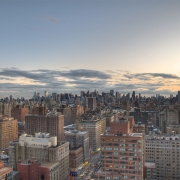
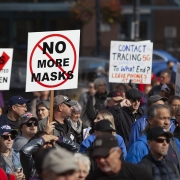
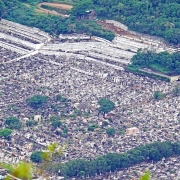
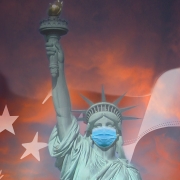
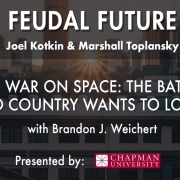
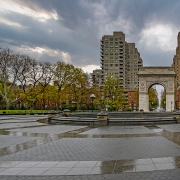 Steve Guttman, used under CC 2.0 License
Steve Guttman, used under CC 2.0 License

 Open Acess image, National Gallery
Open Acess image, National Gallery